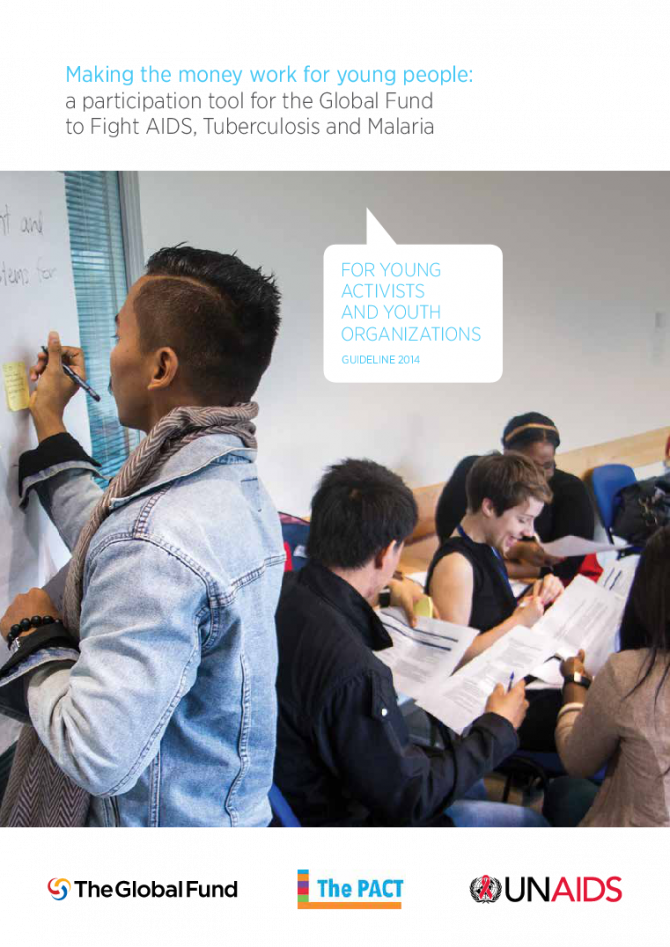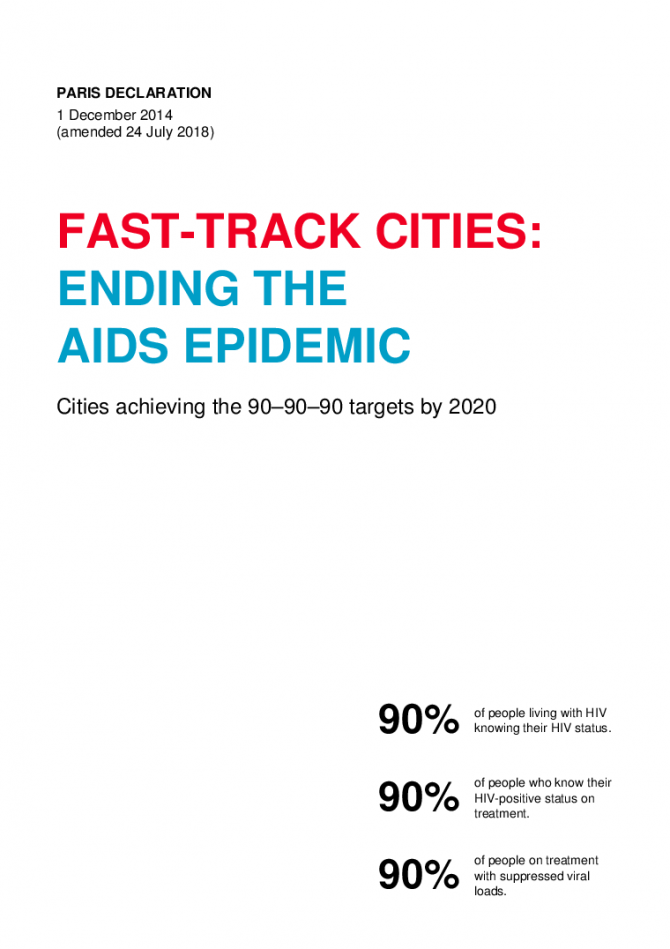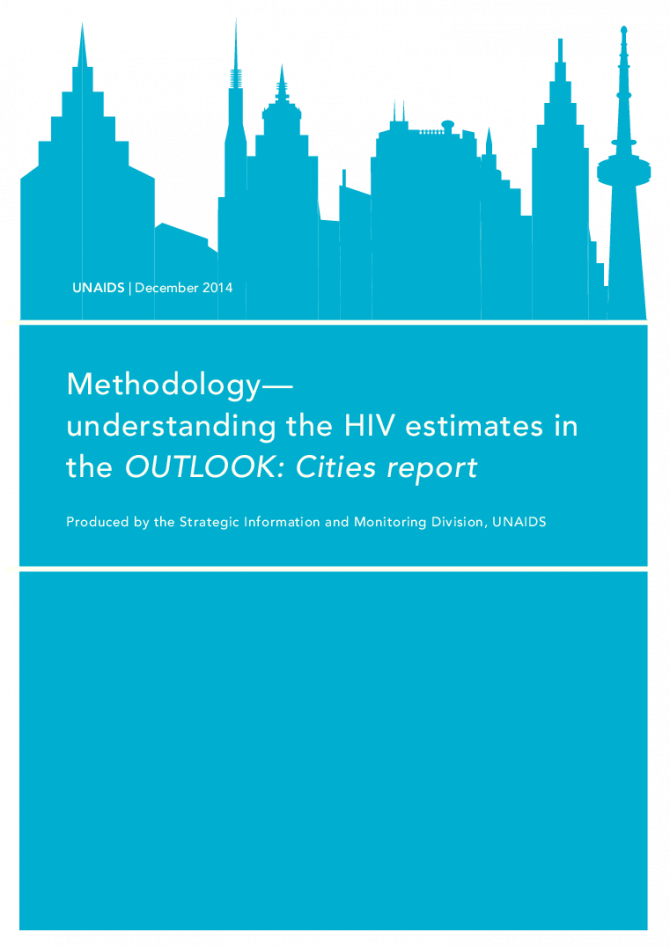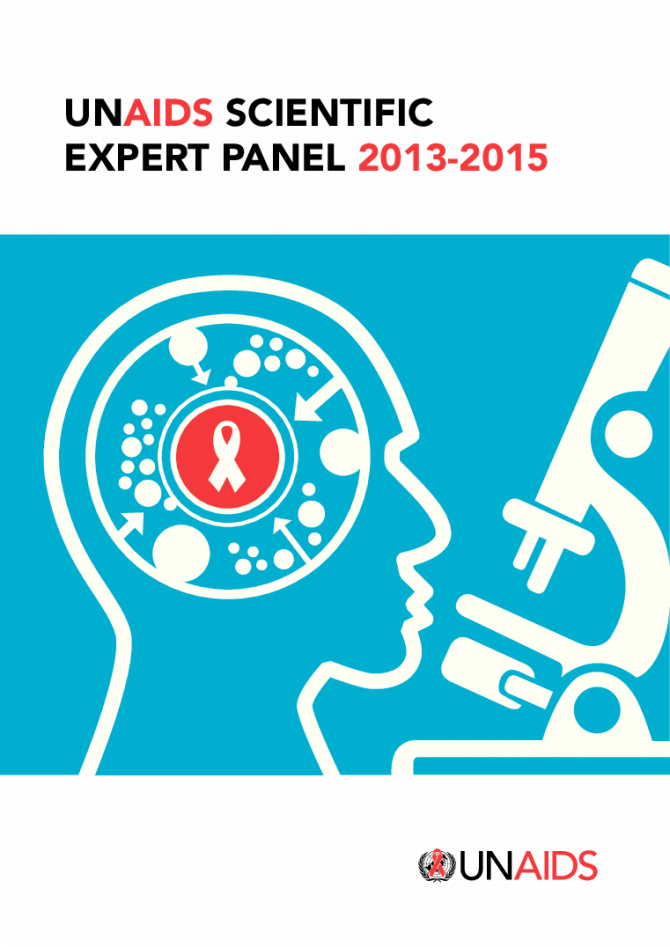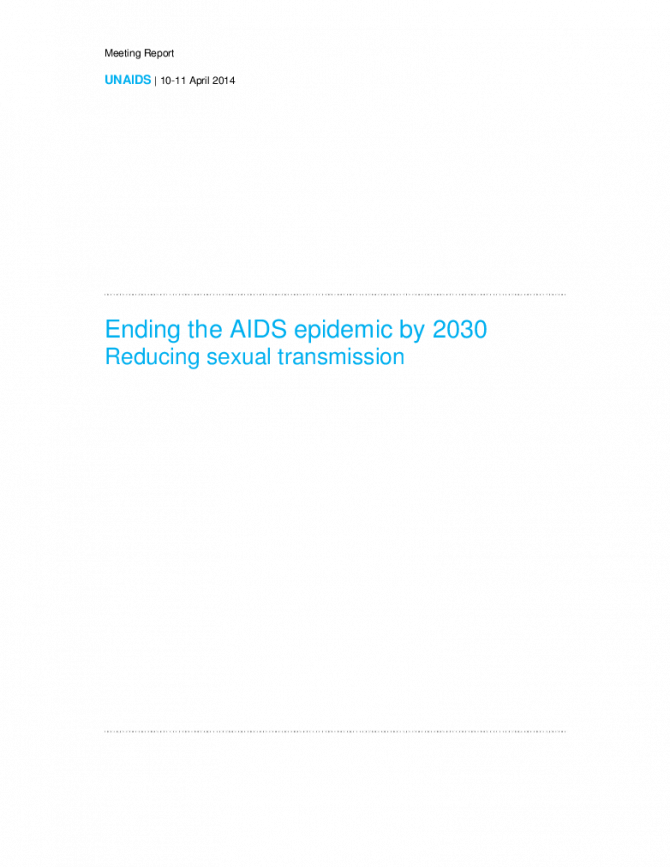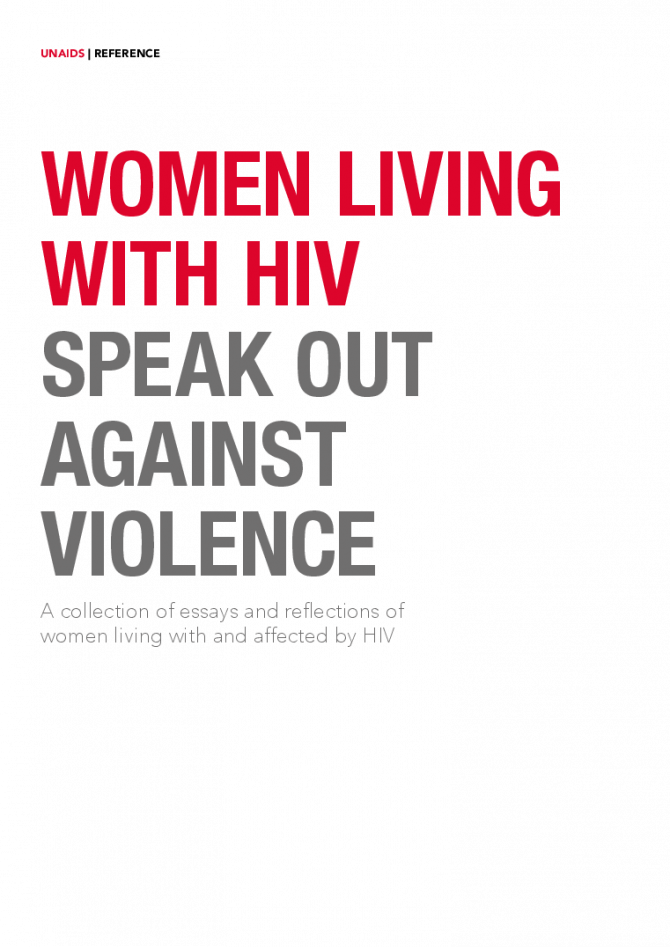Documents
For Country Coordinating Mechanism members and other Global Fund actors - Making the money work for young people: a participation tool for the Global Fund to Fight AIDS, Tuberculosis and Malaria
19 July 2014
This tool offers guidance for how to involve young people in all Global Fund processes, including the development or review of national strategic plans (and/or investment cases), the management of the ongoing country dialogue, the creation of the concept note, the composition of Country Coordinating Mechanisms, and the implementation of Global Fund supported programs. We welcome your feedback and are available to answer any questions you have about implementing this tool. You can contact us at PACT-GlobalFund@gmail.com.
Documents
For young activists and youth organizations - Making the money work for young people: a participation tool for the Global Fund to Fight AIDS, Tuberculosis and Malaria
19 July 2014
This tool has been developed in collaboration between the PACT—a global alliance of 25 youth organizations working on HIV—UNAIDS and the Global Fund Secretariat. It aims to increase young people’s effective and meaningful participation in the Global Fund, with a specific emphasis on opportunities to participate at the national level.
Documents
Fast-track cities: Ending the AIDS epidemic
01 December 2014
Working together, cities can take local actions for global impact. Leveraging our reach, infrastructure and human capacity, cities will build a more equitable, inclusive, prosperous and sustainable future for all of our residents—regardless of gender, age, social and economic status or sexual orientation.
Documents
2014 progress report on the Global Plan
11 November 2014
This report reflects the results of data for the calendar year 2013. For the first time since the 1990s, the number of new HIV infections among children in the 21 Global Plan priority countries1 in sub-Saharan Africa dropped to under 200 000 [170 000–230 000]. This represents a 43% decline in the number of new HIV infections among children in these 21 countries since 2009, providing reasons for optimism as the Global Plan pushes towards its 2015 goals of 90% reduction. However, there are also reasons for concern. Between 2012 and 2013 the pace of progress in reducing new HIV infections among children across the priority countries slowed substantially. While a number of countries made impressive gains, others stagnated or lost ground.
Documents
Methodology— understanding the HIV estimates in the OUTLOOK: Cities report
27 November 2014
UNAIDS’ 2013 modelled estimates that the HIV prevalence in the urban areas of countries in sub-Saharan Africa is twice the national HIV prevalence elsewhere in the countries were multiplied by the population sizes of cities to identify a preliminary list of 300 cities in which the largest number of people living with HIV were likely to reside. For each of the 300 top-ranked cities, a comprehensive review of all available data sources was conducted to refine the modelled estimates and to produce a final estimate of the total number of people living with HIV in each city for the top-ranked 200 cities.
Documents
UNAIDS Scientific Expert Panel 2013-2015
18 December 2014
Scientific evidence and evidence-based action are essential to advance the Joint United Nations Programme on HIV/AIDS (UNAIDS) vision of zero HIV infections, zero discrimination and zero AIDS-related deaths. In light of the rapid pace at which new scientific information is becoming available, the diversity of fields where research evidence is growing rapidly and their potential importance for current policies, UNAIDS is ensuring it has adequate capacity to assess and assimilate the latest scientific developments to inform UNAIDS policies and advance the global AIDS response.
Documents
UNAIDS meeting report: Reducing sexual transmission (10-11 April 2014)
11 April 2014
In an effort to re-energize and re-shape global HIV prevention towards reaching the 2015 target and the ultimate goal of eliminating sexual transmission by 2030, UNAIDS convened a meeting of key stakeholders including National AIDS Programme managers from 14 key countries on 10-11 April, 2014 in Geneva, Switzerland.
Documents
Fast-Track - Ending the AIDS epidemic by 2030
18 November 2014
The world is embarking on a Fast-Track strategy to end the AIDS epidemic by 2030. To reach this visionary goal after three decades of the most serious epidemic in living memory, countries will need to use the powerful tools available, hold one another accountable for results and make sure that no one is left behind. Additional resources.
Documents
Women living with HIV speak out against violence
25 November 2014
Violence against women and girls is an unacceptable violation of basic human rights. It also is so widespread that ending it must be a global public health priority. An estimated one in three women is beaten, coerced into sex or otherwise abused by an intimate partner during her lifetime. Intimate partner violence has been shown to increase the risk of HIV infection by around 50%, and violence (and the fear of violence) deters women and girls from seeking services for HIV prevention, treatment, care and support.


